Disturbing Secrets Uncovered by Archaeologists in an Ancient Graveyard
A cluster of 41 stone circles near Fredrikstad in southeast Norway initially baffled archaeologists.
What lay beneath the circles only deepened the mystery.
Structure and Contents of the Stone Circles
Each symmetrical stone circle, with diameters ranging from 3 to 6 feet, sometimes had a central stone and resembled cobblestones.
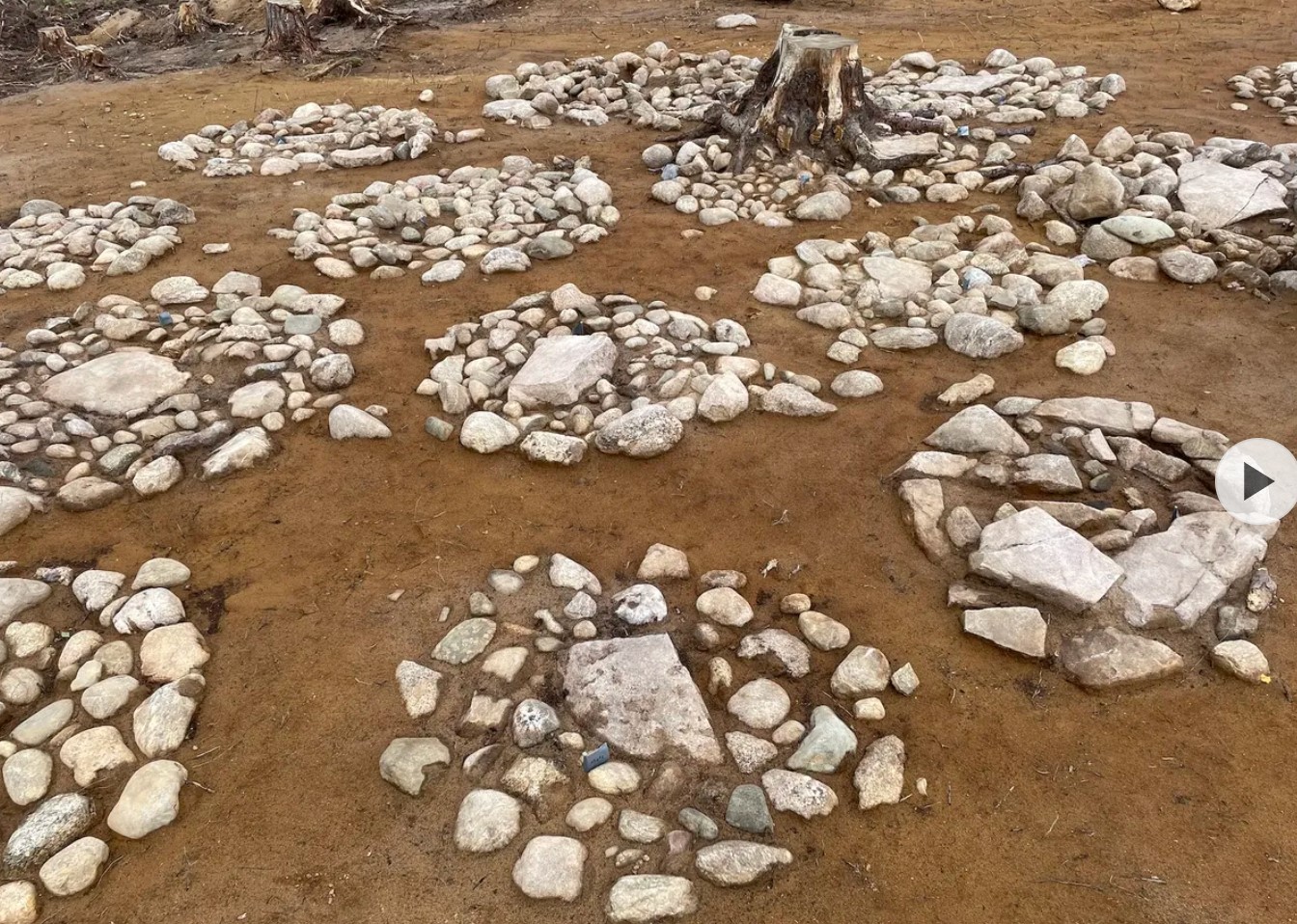
Source: Museum of Cultural History/University of Oslo
These circles covered remnants of pottery shards and burnt bones.
Findings from the Museum of Cultural History
According to the Museum of Cultural History at the University of Oslo, 39 of the 41 graves contained the remains of infants or children under six years old.
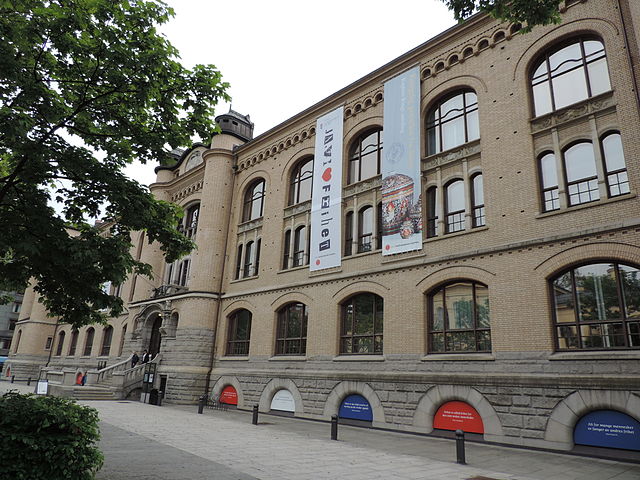
Source: Wikimedia
The other two graves, slightly set apart, held adult remains.
Dating and Significance of the Graves
Experts dated the bones and artifacts to between 800 and 200 BC, indicating that the children were buried over several centuries.
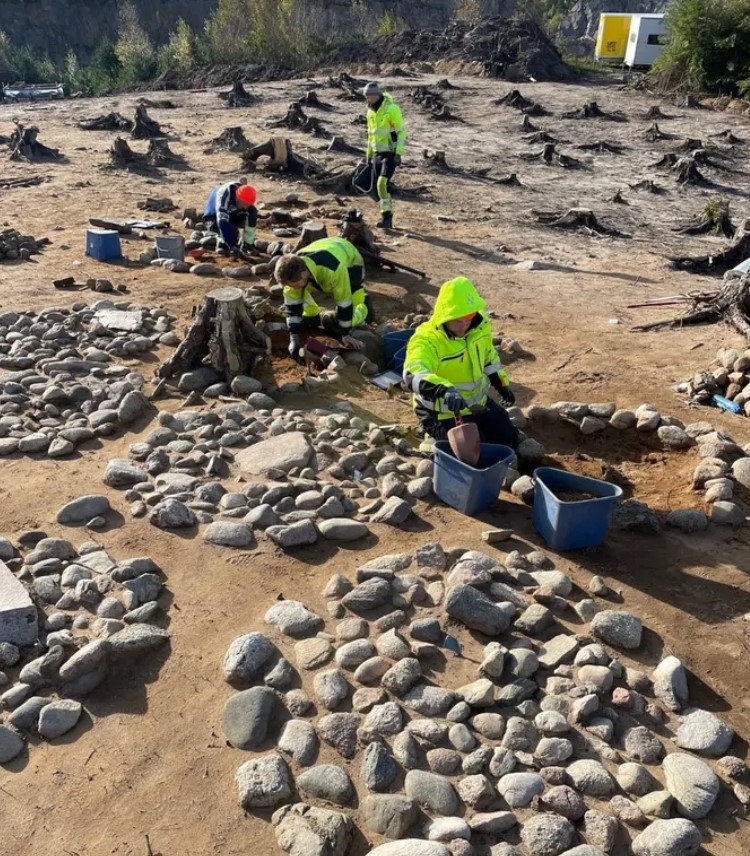
Source: Museum of Cultural History/University of Oslo
“The field of children’s graves is unique in a Norwegian context,” the museum stated.
Unanswered Questions
This raises many questions.

Source: Freepik
Why were the children buried in a separate place? Why here? And how did they hold on to this tradition for several hundred years?
Discovery During Quarry Expansion
Archaeologists discovered the stones just a few inches underground.
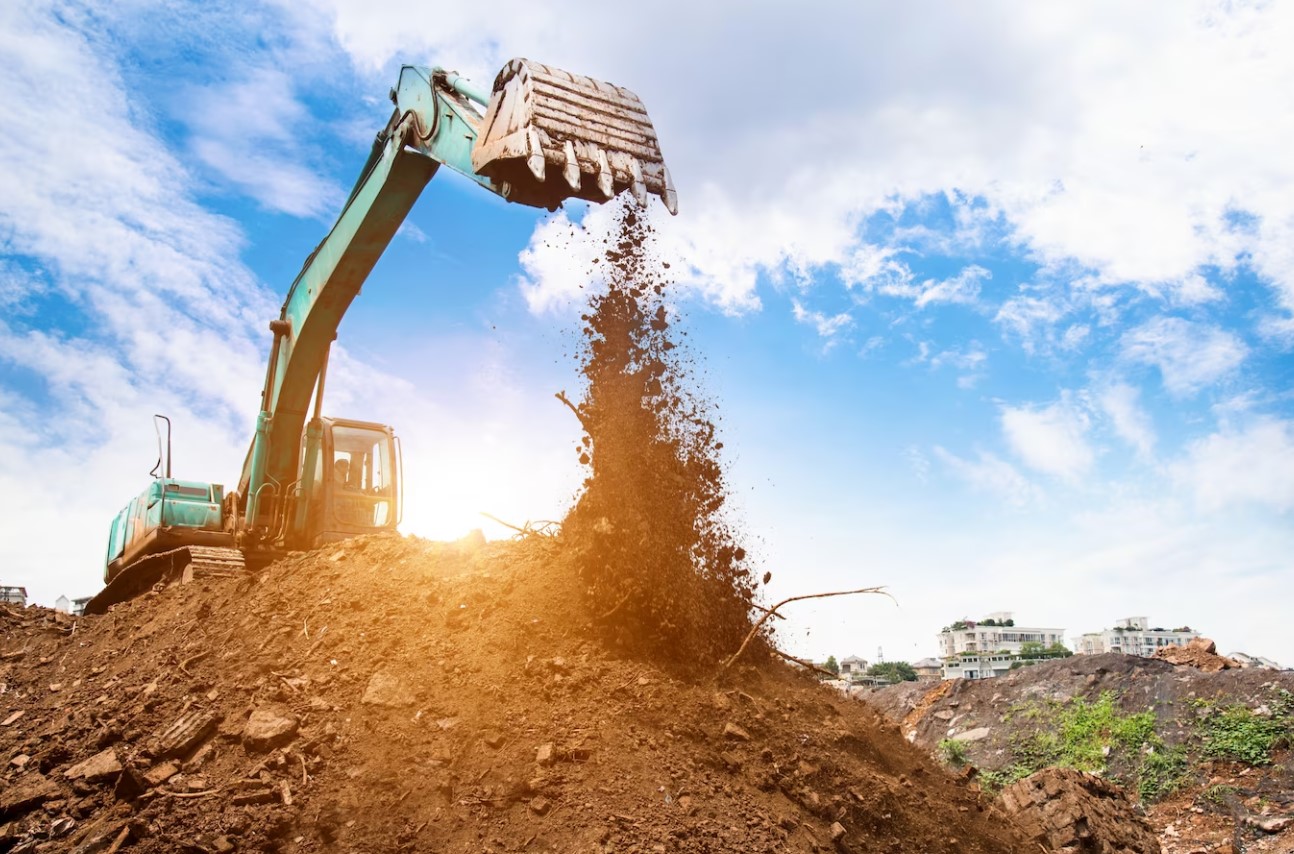
Source: Freepik
This happened while they were planning to expand a local quarry.
Unexpected Findings
Initially hoping to find Stone Age traces, they were unprepared for graves spanning the transition between the Bronze and Iron ages.
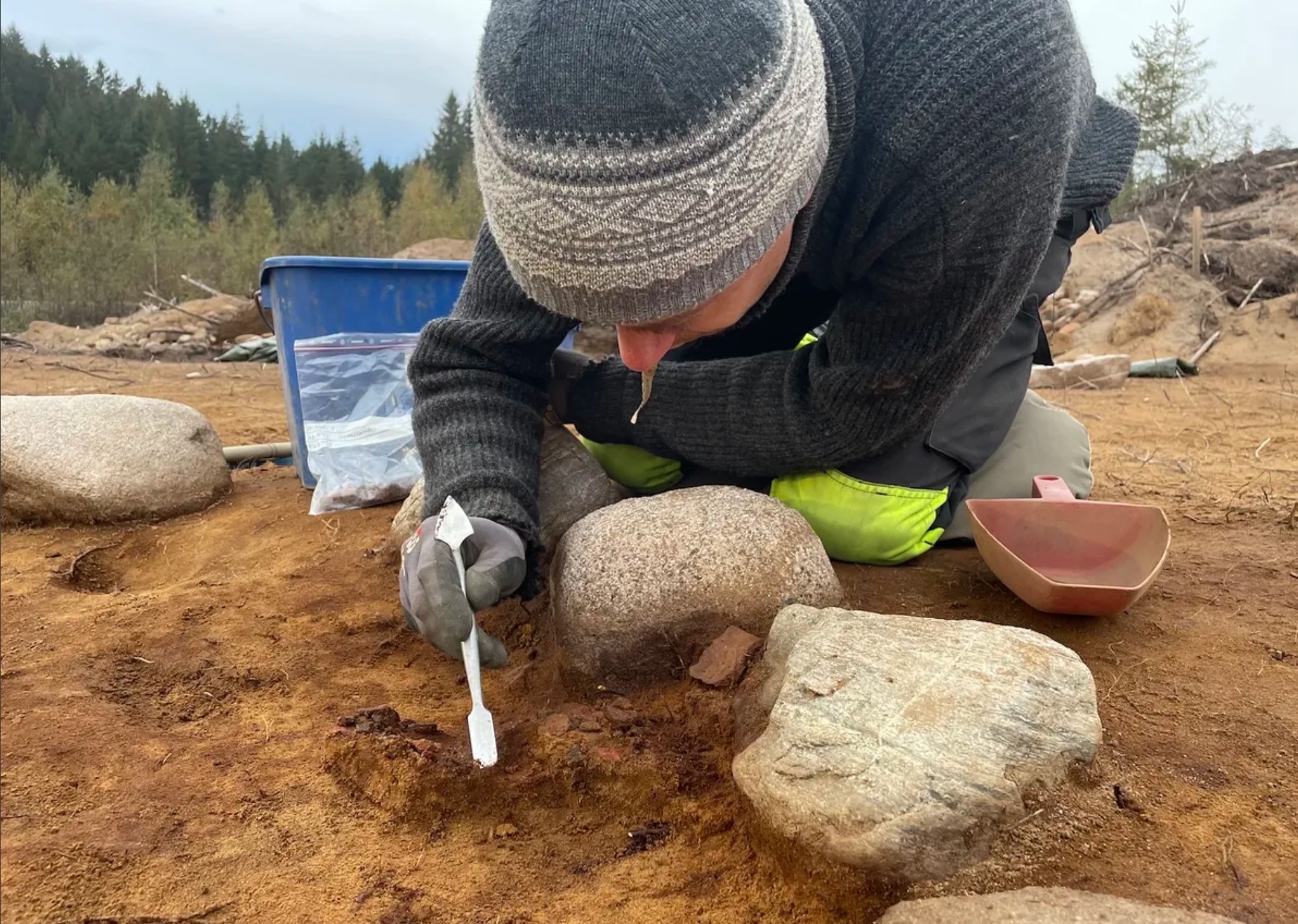
Source: Museum of Cultural History/University of Oslo
“The children’s graves were found in an area rich in cultural heritage,” noted the museum “including many rock carvings from this period that speak of voyages and sun worship.
New Questions Arise
The museum continued, “The newly discovered children’s graves open up new questions about the people who lived back then.”
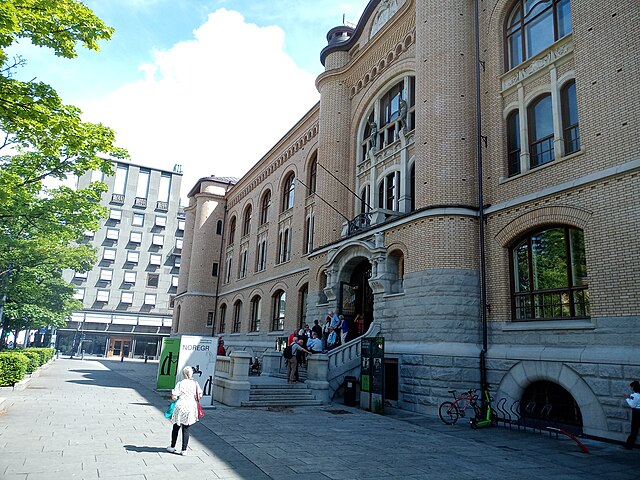
Source: Wikimedia
Guro Fossum, the excavation leader, told Science Norway that the stones appeared to be graves when first found.
Observations on the Burial Site
“There was something special about the whole site,” Fossum said.

Source: Museum of Cultural History/University of Oslo
She explained, “The graves are very close together. They must have been in an open landscape, with thoroughfares nearby, so everyone would have known about them. Cooking pits and fireplaces around the site suggest gatherings and ceremonies were held in connection with burials. Additionally, all the graves were so nice and meticulously crafted. Each stone was sourced from a different location and placed precisely in the formation. We wondered who put in so much effort.”
Confirmation and Preservation
When it was confirmed that the remains were children’s graves, “it made sense,” Fossum said.
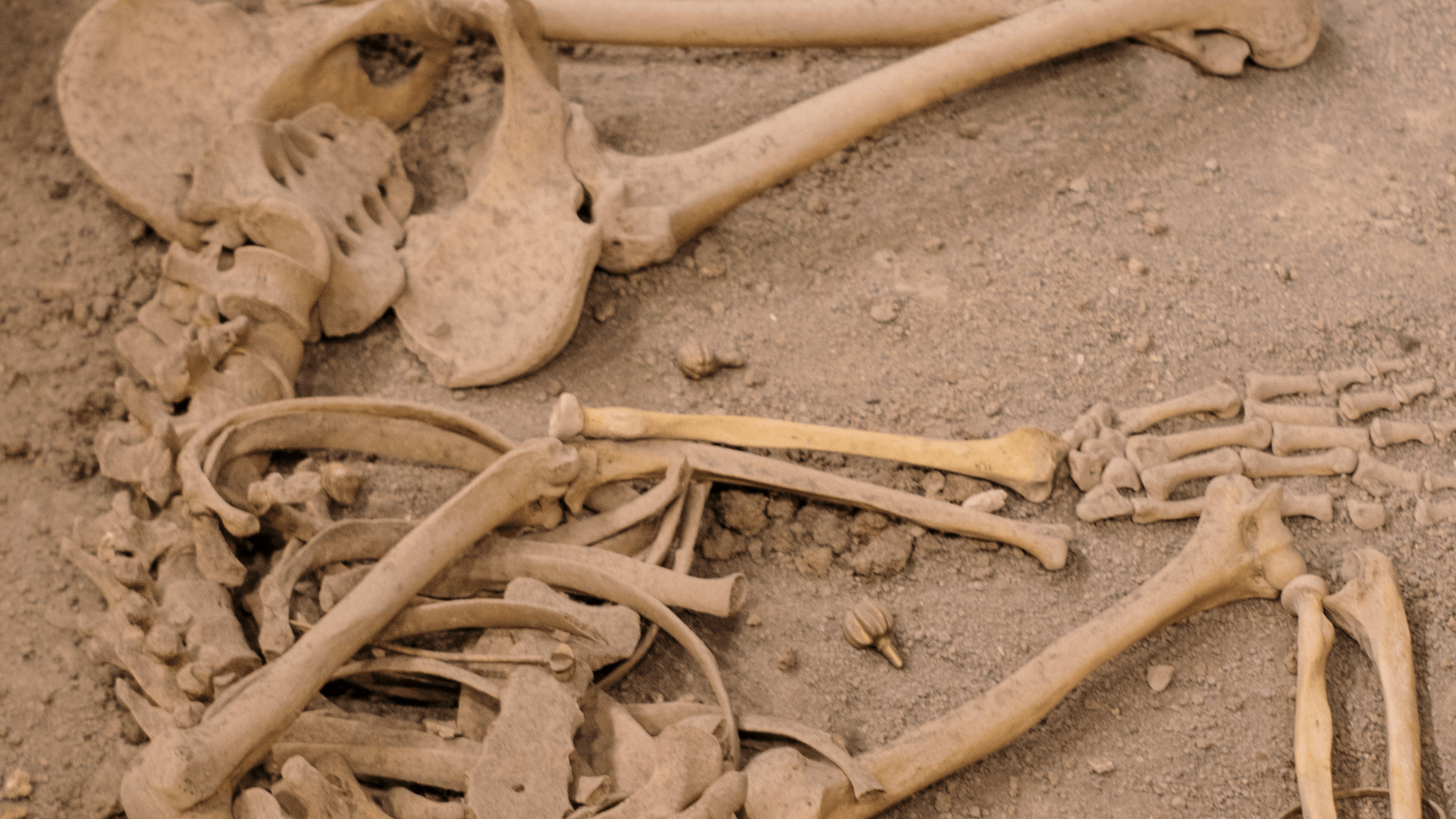
Berna Tosun/Pexels
“This was done with so much care.” The well-preserved site remained pristine for centuries.
Long-Term Use of the Burial Site
“The dating shows that the burial site was used over a long period,” Fossum said, “so they couldn’t all have died in the same natural disaster or outbreak of disease or epidemic.”
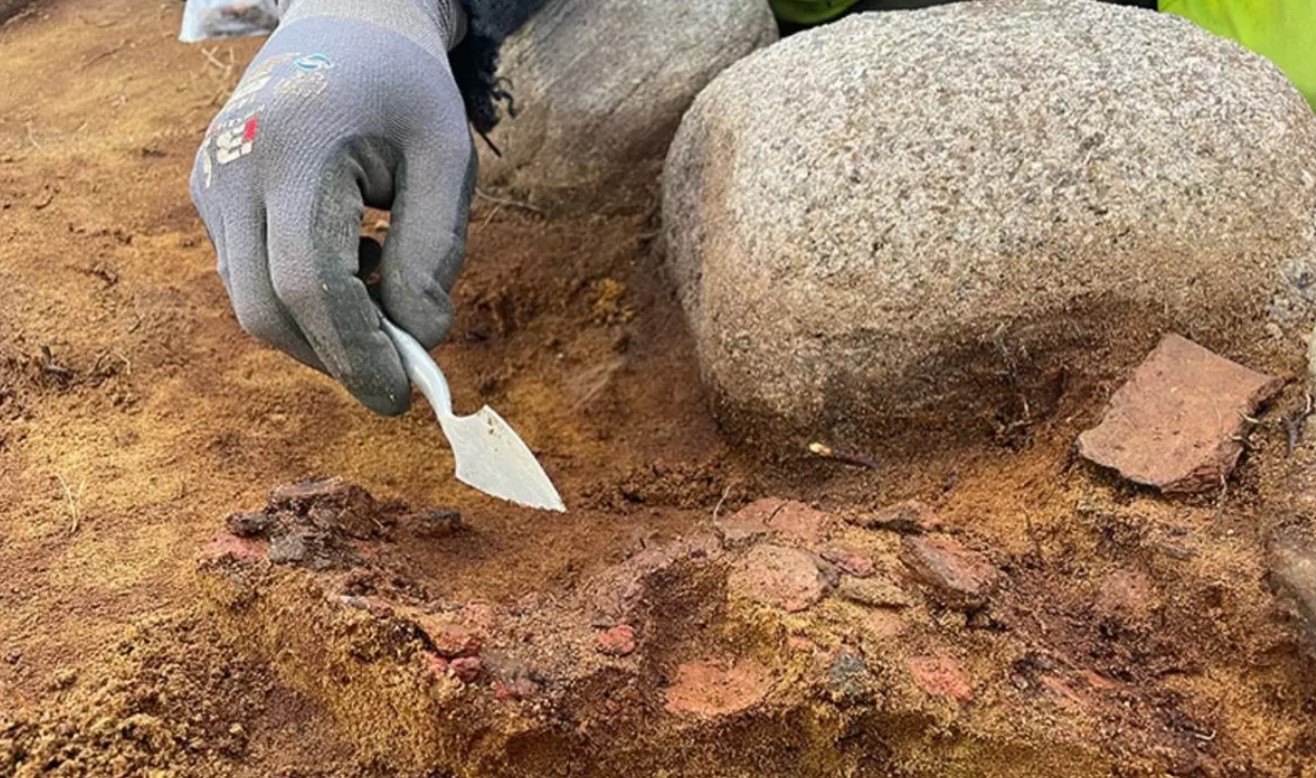
Source: Museum of Cultural History/University of Oslo
The museum exhibition reconstructs a stone grave, showcasing the archaeological excavation process and the enduring mystery of the stone circles.
Ongoing Investigations
Meanwhile, the search for answers continues.
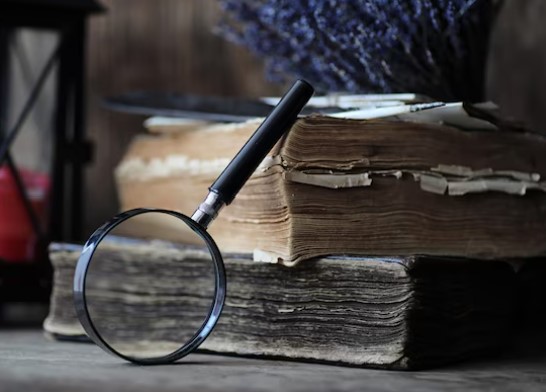
Source: Freepik
“Analyses of the pottery fragments can tell us a lot,” Fossum said. “It doesn’t appear that all the vessels were containers for burnt bones; some were placed between the graves, and we are very curious about what was inside them.”
